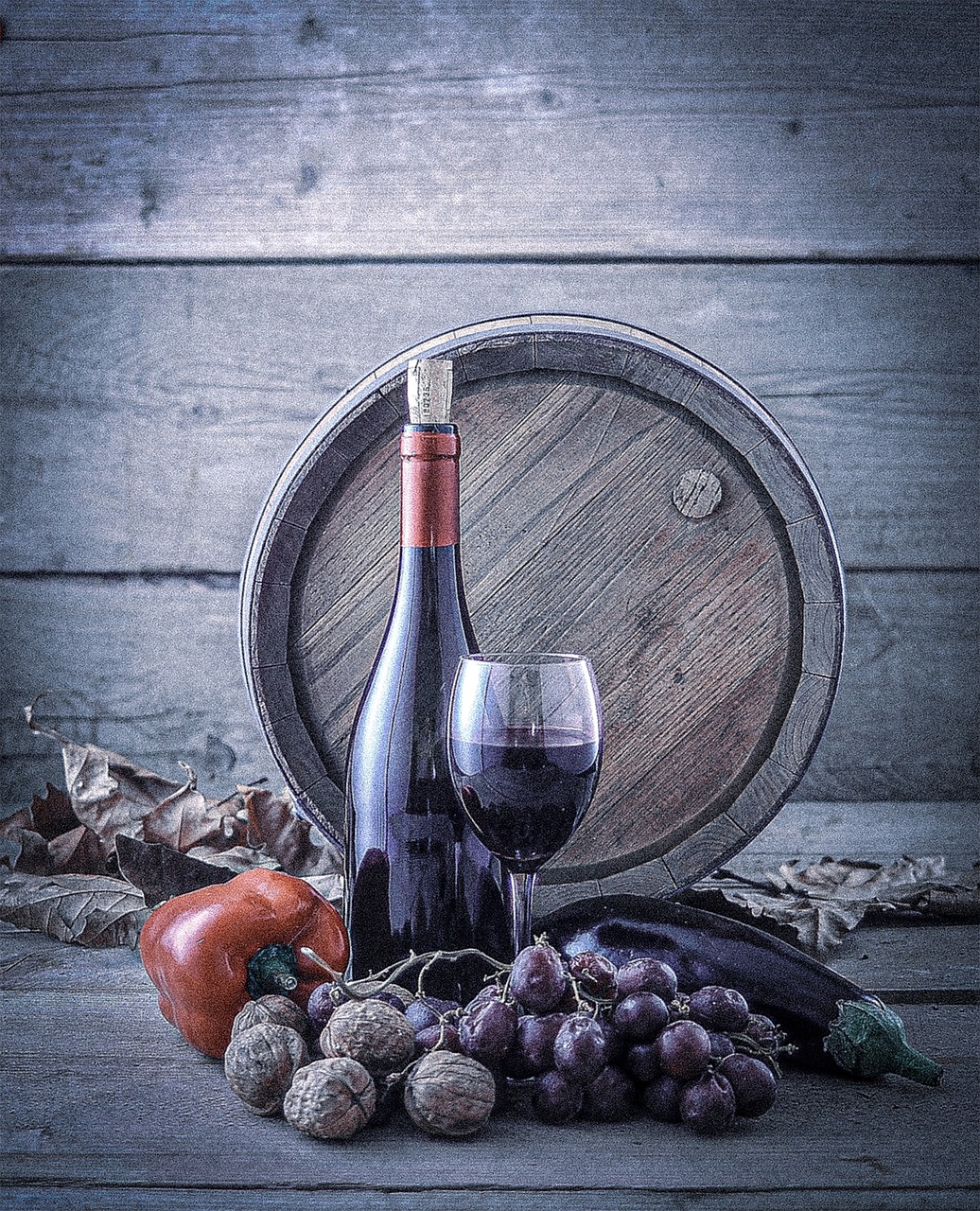
How to Fix Common Wine Cabinet Temperature Issues
Wine cabinets are an essential tool for preserving your wine collection, ensuring each bottle is stored in optimal conditions for aging and quality. However, like any appliance, wine cabinets can encounter problems—especially related to temperature. If the temperature inside your wine cabinet fluctuates or is not within the ideal range, it can affect the quality of your wine, leading to premature aging, spoilage, or flavor degradation.
In this comprehensive guide, we’ll explore common temperature-related issues that arise in wine cabinets, what might cause them, and how to troubleshoot and fix them to ensure your wine is stored under optimal conditions.
Why Proper Temperature Is Crucial for Wine Storage
Before diving into the common problems, it’s important to understand why temperature control is so critical when storing wine. Wine is a living product that changes over time, and the temperature at which it is stored can accelerate or decelerate its aging process.
Here are a few key reasons why maintaining the correct temperature is important:
- Preventing Premature Aging: When wine is stored at too high a temperature, it can cause the wine to age prematurely. Conversely, if it is stored too cold, the wine may not age at all.
- Avoiding Oxidation: Extreme temperature fluctuations can cause the wine to expand and contract, which might result in oxygen entering the bottle. This can lead to oxidation, spoiling the wine.
- Preserving Flavor and Aroma: Proper temperature helps preserve the wine's intended flavor and aroma, ensuring it remains enjoyable to drink when opened.
The optimal temperature range for storing wine is generally between 45°F and 65°F (7°C to 18°C), with 55°F (13°C) being considered ideal for most wines. Now, let's examine common temperature issues that can arise in wine cabinets and how to address them.
Common Wine Cabinet Temperature Problems and Solutions
1. Wine Cabinet Not Cooling Properly
One of the most common temperature issues with wine cabinets is that they fail to maintain a sufficiently cool environment. If your wine cabinet is not cooling properly, it can lead to spoiled wine, especially if the temperature rises above 70°F (21°C).
Possible Causes:
- Blocked Air Vents: Air circulation is critical for cooling. If the cabinet’s air vents are blocked, the appliance will not be able to dissipate heat properly.
- Dirty Condenser Coils: Dust and debris can accumulate on the condenser coils, reducing the efficiency of the cooling system.
- Faulty Thermostat: The thermostat is responsible for regulating the temperature. If it malfunctions, it might fail to cool the cabinet correctly.
- Refrigerant Leaks: A leak in the refrigerant system can cause the cooling process to become ineffective.
How to Fix:
- Check for Obstructions: Ensure that the air vents in and around the cabinet are not blocked. Remove any objects or dust that could impede airflow.
- Clean the Coils: Turn off the wine cabinet, unplug it, and carefully clean the condenser coils using a soft brush or vacuum cleaner. This should help improve cooling efficiency.
- Inspect the Thermostat: Use a thermometer to check the actual temperature inside the cabinet. If it doesn't match the temperature setting, the thermostat may need to be replaced.
- Seek Professional Help for Refrigerant Issues: If you suspect a refrigerant leak, it’s best to contact a professional technician. Refrigerant issues are difficult to fix without the proper tools and expertise.
2. Wine Cabinet Is Too Cold
While keeping wine too warm is a concern, storing it at too low a temperature can also cause problems. Wine stored below 45°F (7°C) may not develop its full flavor potential. Freezing temperatures can cause the liquid in the bottle to expand, potentially breaking the cork or the bottle itself.
Possible Causes:
- Thermostat Set Too Low: The most common reason for a wine cabinet being too cold is simply that the thermostat is set incorrectly.
- Faulty Temperature Sensor: If the temperature sensor that relays information to the control system malfunctions, the cooling system may run continuously, causing the cabinet to get too cold.
- Incorrect Placement: If the wine cabinet is placed in an environment that is too cold (e.g., a garage or basement during winter), it may not be able to regulate its internal temperature properly.
How to Fix:
- Adjust the Thermostat: Check the temperature setting and adjust it to a warmer range. Ensure that the setting is appropriate for the type of wine you're storing.
- Replace the Temperature Sensor: If adjusting the thermostat doesn’t resolve the issue, it may be time to replace the temperature sensor.
- Move the Cabinet to a Warmer Location: If the cabinet is in an unheated space, consider moving it to a more temperature-controlled environment where it can function properly.
3. Temperature Fluctuations
Frequent temperature fluctuations in a wine cabinet can be harmful to the wine, causing premature aging or spoilage. Consistent temperatures are key to ensuring the wine ages properly.
Possible Causes:
- Inconsistent Power Supply: Power surges or outages can cause the temperature inside the cabinet to fluctuate.
- Faulty Thermostat: A malfunctioning thermostat may not accurately regulate the temperature, causing it to fluctuate.
- Poor Insulation: If the wine cabinet is poorly insulated, external temperature changes can seep into the cabinet, affecting the internal temperature.
How to Fix:
- Install a Power Regulator: If power surges are a problem in your area, consider installing a power regulator or surge protector to ensure a consistent power supply to the cabinet.
- Replace the Thermostat: If the thermostat is causing temperature fluctuations, replacing it may resolve the issue.
- Check the Door Seal: Ensure that the door is closing properly and that the seals are intact. If the door is not sealing well, external air can enter the cabinet, causing fluctuations. Replace the door seals if they are damaged.
4. Cabinet Producing Excess Heat
If you notice that your wine cabinet is producing excess heat or if the external surface feels unusually warm, this could indicate an issue with the cooling system or ventilation.
Possible Causes:
- Poor Ventilation: Wine cabinets need adequate space around them to release heat generated by the cooling system. If the cabinet is placed too close to the wall or in a tight space, it may not ventilate properly.
- Overworking Compressor: If the compressor is overworked due to a malfunctioning component, it could produce excess heat.
- Blocked Condenser Coils: Dust and debris buildup on the condenser coils can cause the compressor to work harder, generating more heat.
How to Fix:
- Improve Ventilation: Ensure there is enough space around the wine cabinet (usually at least 2-3 inches on all sides) to allow proper air circulation. If the cabinet is built-in, make sure the ventilation openings are unobstructed.
- Inspect the Compressor: If the compressor is running continuously or appears overworked, it may need to be repaired or replaced by a professional technician.
- Clean the Condenser Coils: Regularly clean the condenser coils to prevent dust buildup that could cause the system to overheat.
5. Wine Cabinet Making Loud Noises
A properly functioning wine cabinet should operate quietly. If you notice unusual noises, such as rattling, buzzing, or grinding, there may be an issue with one of the internal components, which could also affect the temperature regulation.
Possible Causes:
- Loose Components: Vibrations or loose parts within the cabinet can create noise.
- Faulty Fan: If the fan responsible for circulating air inside the cabinet is malfunctioning, it could make loud noises and fail to regulate temperature properly.
- Compressor Issues: A malfunctioning compressor can produce a buzzing or grinding sound as it struggles to cool the cabinet.
How to Fix:
- Check for Loose Parts: Inspect the cabinet for any loose screws, panels, or components that may be vibrating. Tighten or secure these parts as needed.
- Clean or Replace the Fan: If the noise is coming from the fan, it may need to be cleaned or replaced to restore proper airflow and temperature regulation.
- Professional Repair for Compressor: If the compressor is making unusual noises, it’s best to contact a professional to inspect and repair or replace the component.
6. Cabinet Not Maintaining Set Temperature
If your wine cabinet is not maintaining the temperature you set, even though the cooling system appears to be working, the problem may lie with the thermostat, temperature sensor, or external factors.
Possible Causes:
- Faulty Thermostat or Sensor: The thermostat or temperature sensor may be faulty, causing the cabinet to misread or fail to regulate the temperature accurately.
- External Temperature Changes: If the external environment experiences significant temperature fluctuations, such as being placed in a garage or near a heat source, the cabinet may struggle to maintain a consistent internal temperature.
How to Fix:
- Test the Thermostat and Sensor: Use a thermometer to check the actual temperature inside the cabinet. If it doesn’t match the set temperature, the thermostat or sensor may need to be replaced.
- Relocate the Cabinet: If external temperature changes are affecting the cabinet, move it to a more stable environment where the temperature is controlled.
Preventive Maintenance Tips for Wine Cabinets
Regular maintenance can prevent many of the common temperature issues associated with wine cabinets. Here are a few preventive tips to keep your wine cabinet functioning smoothly:
- Clean Condenser Coils Regularly: Dust buildup on the coils can cause the cooling system to work harder, so cleaning the coils every few months is essential.
- Check Door Seals: Inspect the door seals regularly to ensure they are intact and airtight. Replace them if they are cracked or damaged.
- Monitor Temperature: Use a thermometer to check the temperature inside the cabinet periodically, ensuring it matches the set temperature.
- Keep Ventilation Areas Clear: Ensure that the area around the wine cabinet is clear to allow for proper ventilation.
- Professional Servicing: Schedule regular maintenance checks with a professional technician to ensure the cooling system and other components are functioning properly.
Conclusion
Maintaining the ideal temperature in your wine cabinet is crucial for preserving the quality and flavor of your wine. By identifying and addressing common temperature issues—such as poor cooling, temperature fluctuations, or excess heat—you can ensure your wine collection remains in optimal condition for years to come. Regular maintenance and prompt troubleshooting will prevent costly repairs and protect your investment in fine wine.
